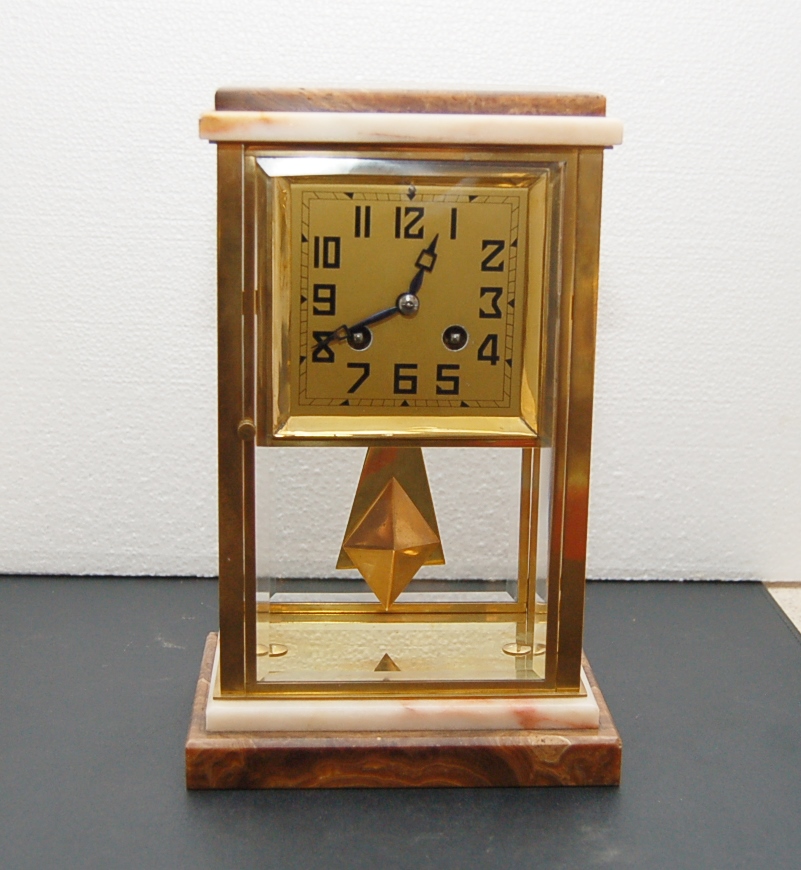Antique mantel clocks, with their intricate designs and timeless elegance, have long been cherished as both functional timepieces and exquisite decorative items. Beyond their aesthetic appeal, some of these treasures conceal a fascinating secret – hidden compartments that whisper tales of history, intrigue, and the ingenuity of craftsmen from bygone eras. In the world of antique clocks, hidden compartments serve as captivating artifacts that transport us back in time. These concealed spaces were not mere afterthoughts but were carefully integrated into the design, often reflecting the craftsmanship of the period. The reasons for incorporating these secret compartments varied, ranging from practical considerations to more mysterious motives.

Practicality and creativity
One of the primary reasons behind the inclusion of hidden compartments was rooted in practicality. In times when security was a concern, concealing valuable items within a clock provided a discreet and secure storage solution. These compartments were ingeniously integrated, seamlessly blending with the clock’s overall design and going unnoticed by casual observers. Craftsmen of yesteryear took pride in their ability to craft functional art pieces. Hidden compartments, while practical, also served as a testament to the skill and creativity of these artisans. Clockmakers often used clever mechanisms, such as false panels or concealed drawers, to ensure that the presence of these secret spaces remained undetected to the untrained eye.
Through history
Exploring the history of hidden compartments in antique mantel clocks unveils a rich tapestry of stories. During times of political unrest or war, individuals sought innovative ways to protect their most cherished possessions. Clockmakers, recognizing the need for discretion, rose to the occasion by incorporating hidden compartments into their designs. The Renaissance period witnessed a surge in the popularity of hidden compartments, as society navigated through a complex landscape of political and religious upheaval. Clockmakers of this era were often commissioned by nobility and the elite to create timepieces that doubled as secure storage for sensitive documents, valuables, or even small, cherished items. With the beginning of the Age of Enlightenment, a renewed interest in science, art, and intellectual pursuits appeared. Hidden compartments in mantel clocks became more refined, reflecting the evolving tastes of the time. Clockmakers embraced the challenge of combining functionality with aesthetic beauty, resulting in timepieces that were not only accurate but also served as discreet repositories.
The fascination
Contemporary fascination with hidden compartments in antique mantel clocks extends beyond the allure of historical intrigue. Collectors and enthusiasts find themselves drawn to the unique blend of craftsmanship and mystery, cherishing each clock as a tangible link to the past. The resurgence of interest in these hidden gems reflects a shared appreciation for the artistry of bygone eras and a longing for the tangible stories that resonate within the silent chambers of these remarkable timepieces. As these antique mantel clocks continue to stand the test of time, their hidden compartments invite us to embark on a journey where the echoes of history are not only heard but also felt in the quiet ticking of the clock hands.
